Early on the morning of October 12, Colonel Phelipps left
Lawrence Hyde’s house at Hinton Daubney and rode to Heale House near Salisbury
where Charles was hidden. “After 4 or 5 days [at Mrs. Hyde’s house],” Charles
told Samuel Pepys many years later, “Robin Phillipps came to the House, and acquainted
me that a Shipp was ready provided for me at Shoram, by Coll. Gunter.”
His description is surprisingly matter-of-fact, considering
what he had been through over the five and a half weeks since he had fled Worcester.
But maybe he was recalling that after so many
failures he couldn’t quite believe he was really about to make his escape.
Or maybe his recollection of the actual news
is a little off, as according to Colonel Phelipps he informed Dr. Henchman of
the plan, and “the same evening, Dr. Henchman went to Heale to give notice of
the success and to prepare the King to bee ready at the meadow-gate opening
into the river, where Coll. Philipps would bee by three of the clock in the
morning with a leade-horse for the King.”
 |
The coal-brig Surprise by Willem van Velder the Elder
after Charles converted it to a yacht which he kept moored near Whitehall
|
According to Richard Ollard’s
The Escape of Charles II After the Battle of Worcester, “Nicholas
Tettersell, master and owner of the coal-brig
Surprise (thirty-four tons),” who was to carry the king to safety, “was
a native of Brighton and an experienced Channel seaman.
He belongs to a type, now all but extinct
since the decay in the last fifty years [Ollard was writing in 1966] of the
inshore fishery and the coastal trade, which altered perhaps less than any
other in our society between the Norman conquest, and the death of Queen
Victoria … not only because of the obvious fact of geography but by the nature
of the life they led, isolated from the world behind the harbor and untouched
by social and technological change.
Colonel
Gunter had recognized this when he told Wilmot that though he had lived all his
life next door to these people he knew absolutely nothing about them.”
A small coal-brig usually used for fairly short trips out of
a tiny place like Shoreham was probably not the kind of vessel Charles had
first thought of when he conceived the idea of escaping from England by sea,
but it was probably better that he would travel that way than in a larger ship
from a more prominent port, which were much more conspicuous and likely to be
searched.
 |
| An old print of a collier, or coal-brig, unloading |
According to a post by Iain MacFarlaine, (
http://www.findagrave.com/cgi-bin/fg.cgi?page=gr&GRid=8546308), Tattersall or Tettersell in later years bought the Old Ship Inn and was High Constable of Brighthelmstone. Mr. MacFarlainen posted the photo below of the churchyard of St. Nicholas Church in Brighton where Tettersell is buried.
 |
Iain MacFarlaine's caption to this photo says
"Captain Tettersell's grave is just to the left of the red door." |
His headstone reads, in part, "Captain Nicholas Tettersell, through whose prudence, valour and loyalty Charles
the Second King of England and after he had escaped the sword of his merciless
rebels and his fforces received a fatall overthrow at Worcester Sept 3 1651 was
ffaithfully preserved and conveyed into Ffrance, departed this life the 26th.
day of July 1674. Approved ffaith honour and loyalty, In this cold clay he hath
now tane up his station, At once preserved ye church the Crowne and nation, When
Charles ye Greate was nothing but a breath, This valiant soule slept between him
and death, Usurpers threats nor tyrant rebells froune, Could not affraight his
duty to the Crowne, Which glorious Act of his for Church and State, Eight
Princes in one day doth Gratulate, Professing all to him in debt to bee, As all
the World are to his Memory."
 |
| Iain MacFarlaine's photo of Tattersall's gravestone |





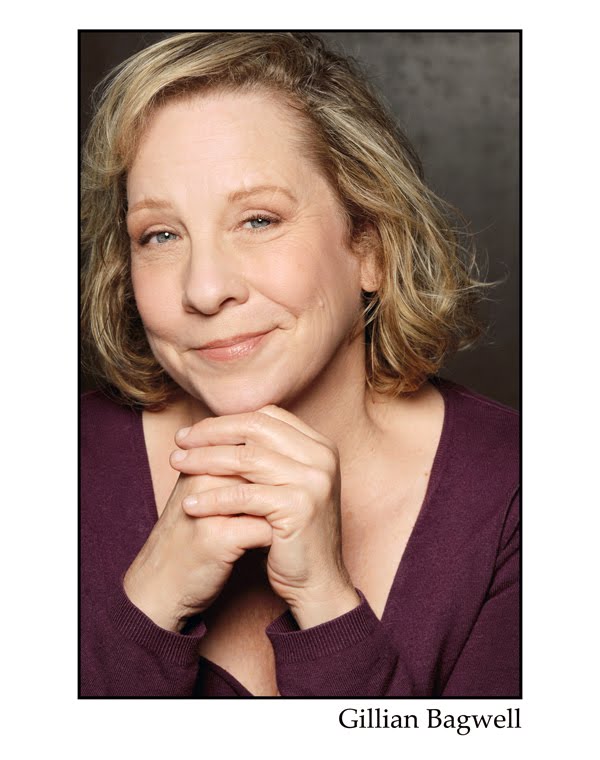

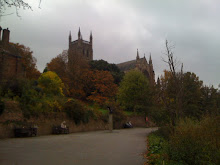
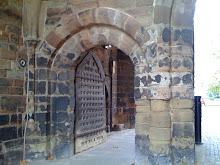



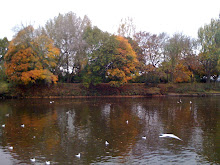
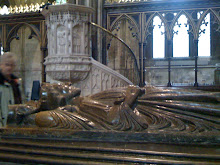
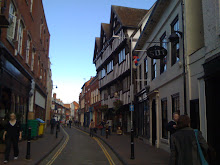

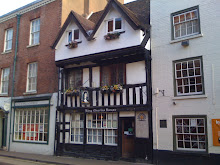
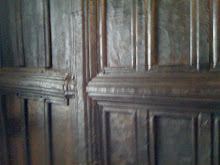
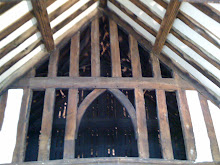





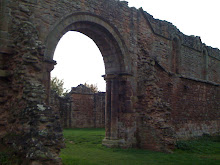




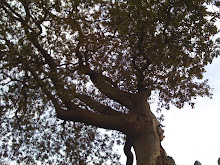



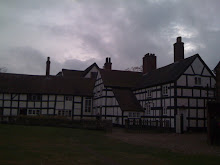

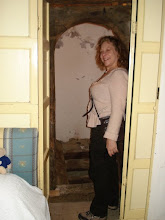
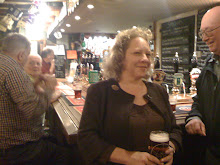
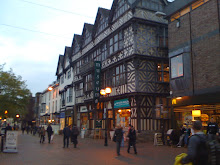
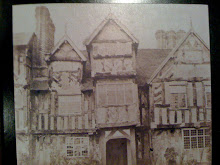


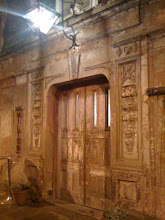



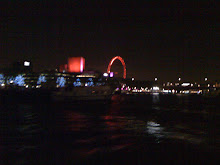

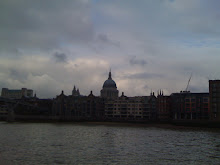
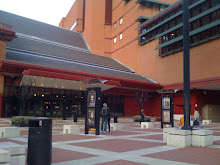

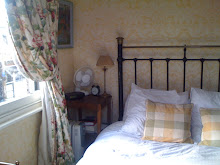






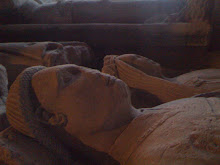
Was a Francis Mansell involved in the Escape of Charles II?
ReplyDeleteI have read somewhere that he was. If this is the same man, he had been Principal of Jesus College, Oxford before the Civil War. He died in 1665.
He was a son of Sir Francis Mansel of Muddlescombe, Glamorganshire and grandson of Lady Jane Somerset.
Here is Francis Mansel's entry from The Peerage.com
ReplyDeleteFrancis Mansel1
M, #399035, b. 23 March 1578/79, d. 1 May 1665
Last Edited=4 May 2011
Francis Mansel was baptised on 23 March 1578/79.2 He was the son of Sir Francis Mansel, 1st Bt. and Catharine Morgan.2 He died on 1 May 1665 at age 86.1
He was educated at Free School, Hereford, Herefordshire, EnglandG.1 He graduated from Jesus College, Oxford University, Oxford, Oxfordshire, EnglandG, in February 1608/9 with a Bachelor of Arts (B.A.)1 He graduated from Jesus College, Oxford University, Oxford, Oxfordshire, EnglandG, in 1611 with a Master of Arts (M.A.)2 He graduated from Jesus College, Oxford University, Oxford, Oxfordshire, EnglandG, with a Bachelor of Divinity (B.D.)2 He was the Pnincipal between June 1620 and December 1620 at Jesus College, Oxford University, Oxford, Oxfordshire, EnglandG.1 He graduated from Jesus College, Oxford University, Oxford, Oxfordshire, EnglandG, in 1624 with a Doctor of Divinity (D.D.)2 He was the Rector in 1630 at Easington, Oxfordshire, EnglandG.2 He was the Pnincipal between 1630 and 1661 at Jesus College, Oxford University, Oxford, Oxfordshire, EnglandG, although he was was ejected for Royalist procilivites, 1648-60.2 He was the Rector in 1631 at Elmley Chapel, Kent, EnglandG.2 He was Treasurer of Llandaff in 1631.2 He held the office of Prebendary of St. Davids in 1631.1
Citations
[S37] BP2003 volume 2, page 2394. See link for full details for this source. Hereinafter cited as. [S37]
[S37] BP2003. [S37]